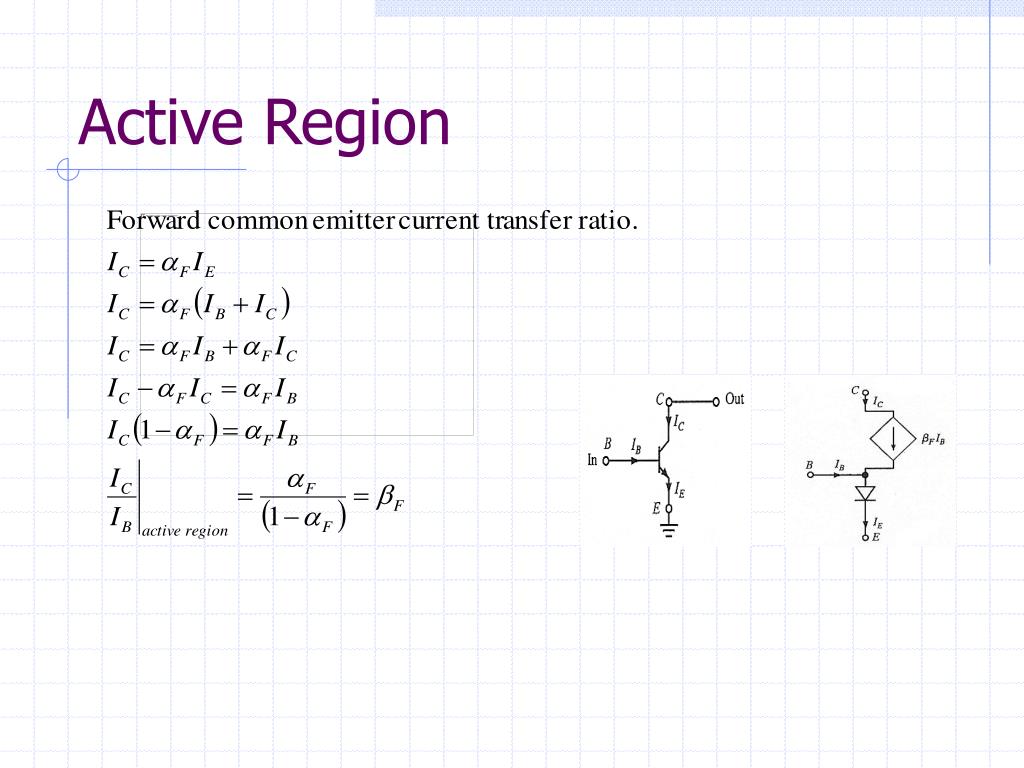

The amount of time it takes for such recovery is a function of junction geometry and doping, and where recovery time is critical you could choose a transistor with better recovery time than others, but you could also mitigate recovery delay by simply designing the circuit in such a way that the transistor is never driven deeply into saturation. Transistors can't recover instantly from saturation, because it takes time for charge carriers in the base region to vacate, and return the transistor to linear operation, or cut-off. You may be more concerned with the linearity of the transistor in its active region, where it spends 100% of its time. In a linear application, such as an audio amplifier, you never really drive transistors into saturation, or completely into cut-off, and this transition time is of little consequence.

All transistors can make that transition, but some transistors do it more quickly. In a switching application your concern is mainly with the time it takes for a transistor to transit from saturation, through the active region, into cut-off, or vice versa. It is true that any transistor can be operated in any of the three regions, saturation, cut-off or active/linear, but some transistors are better for switching applications than others. That quote is not wrong, but that doesn't mean there aren't transistors specifically designed for a particular application, switching or linear.


 0 kommentar(er)
0 kommentar(er)
